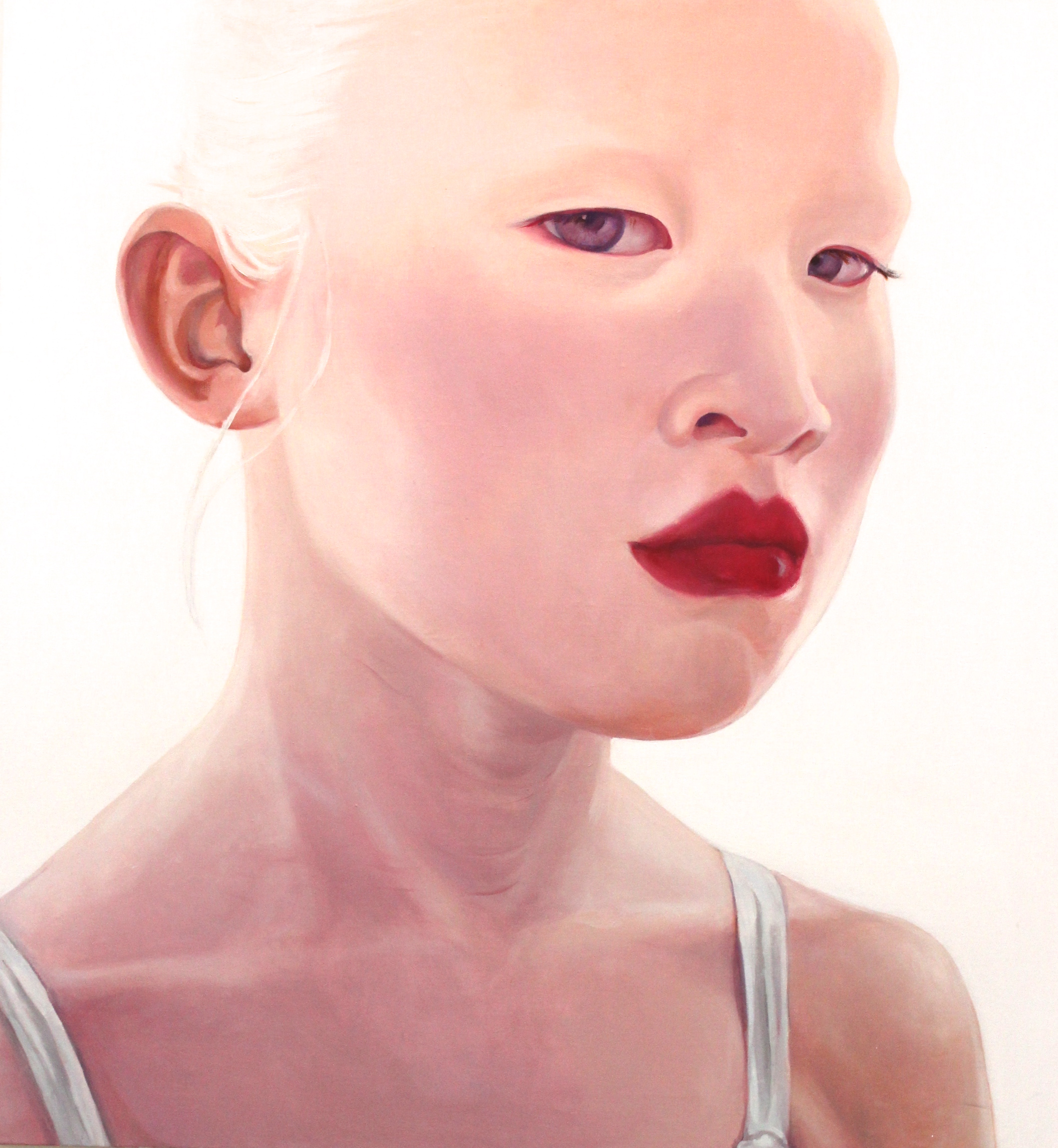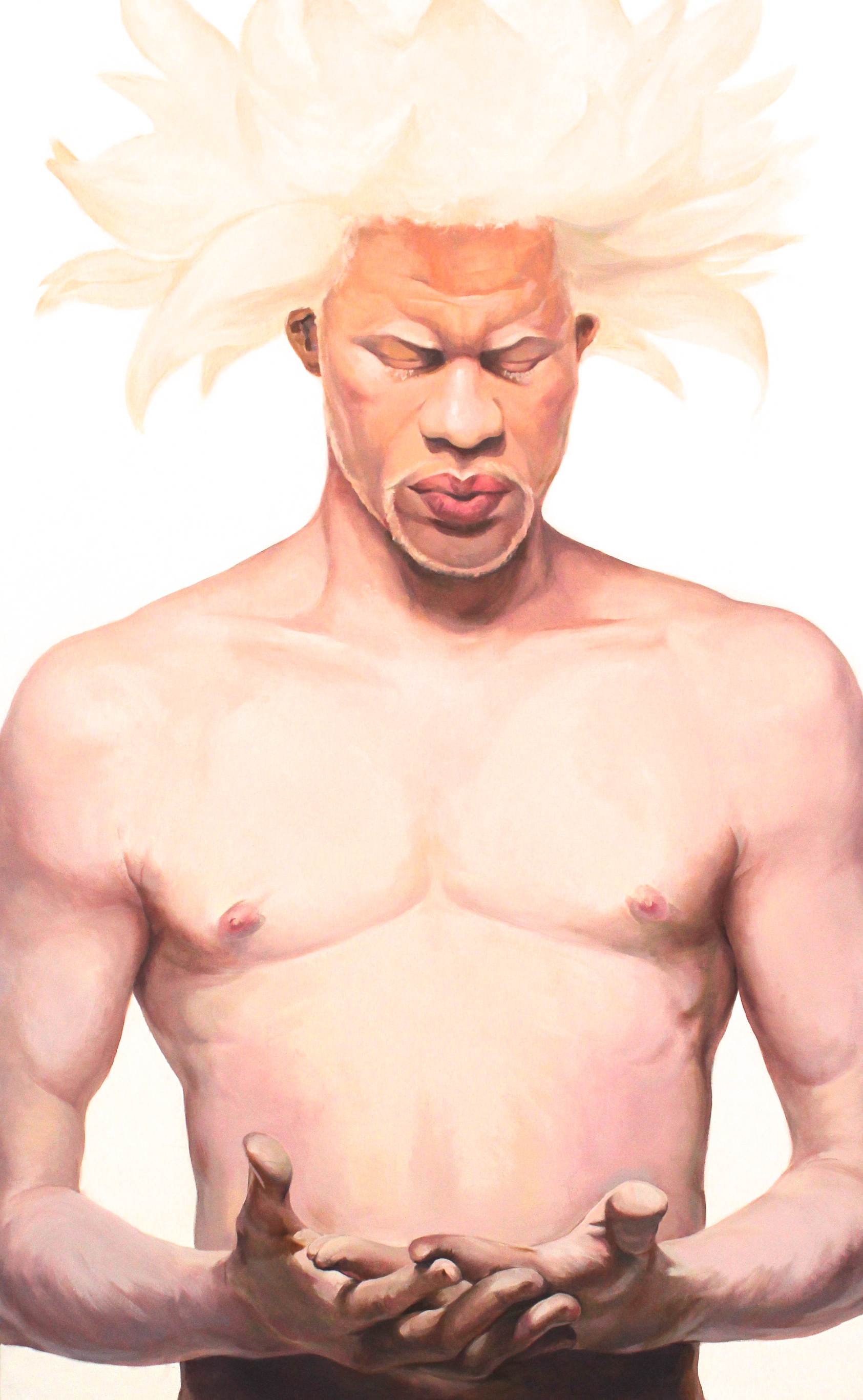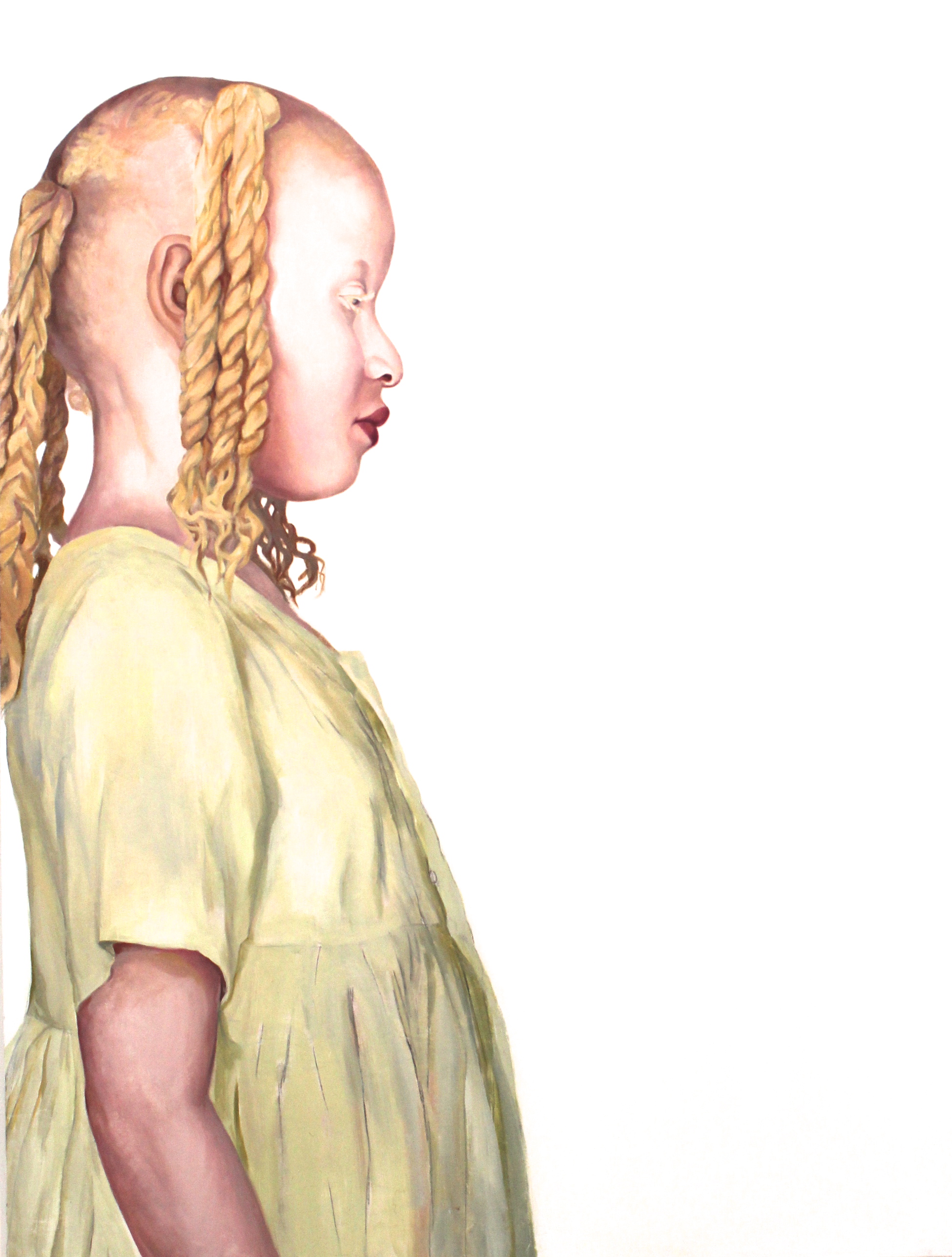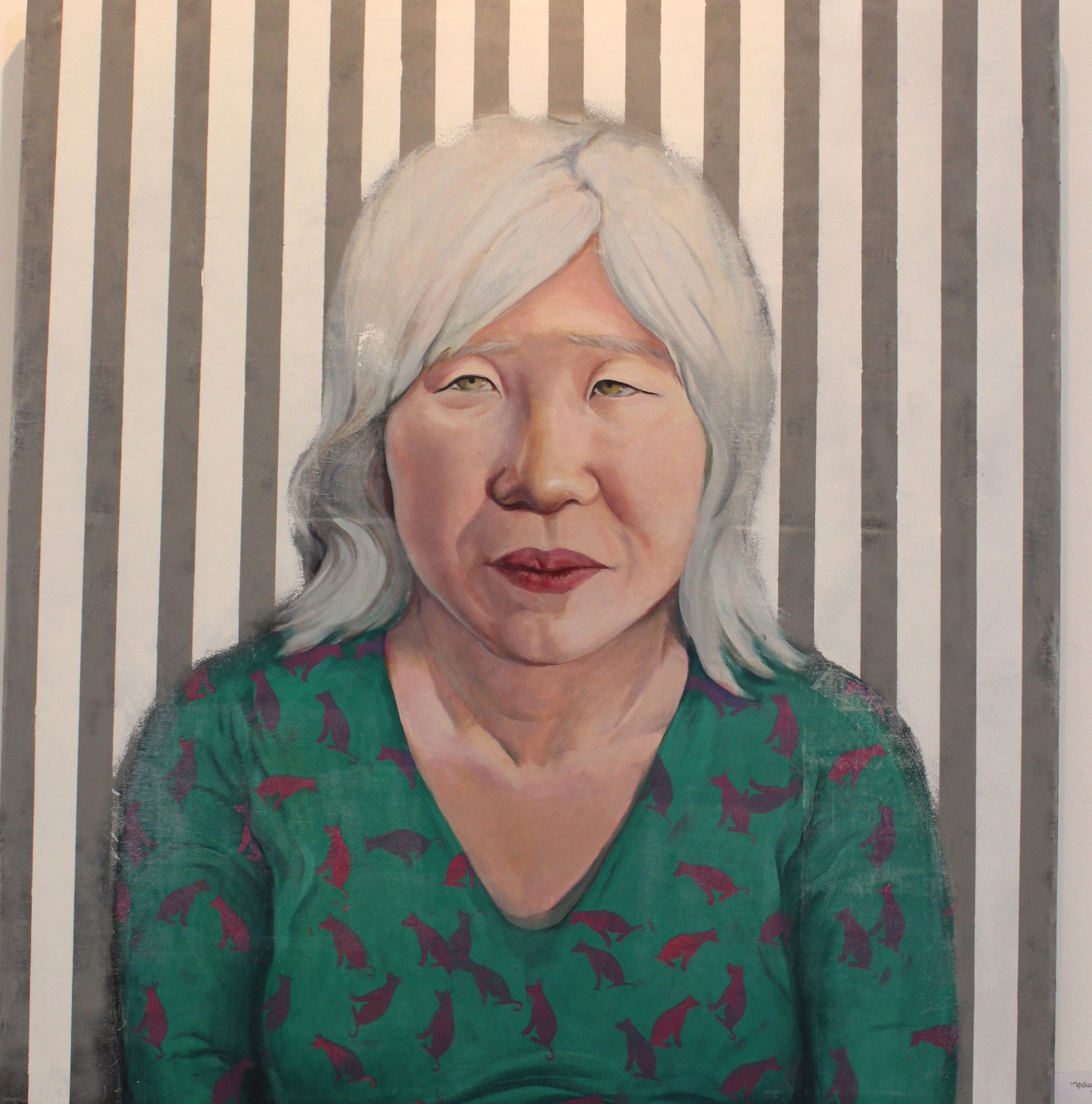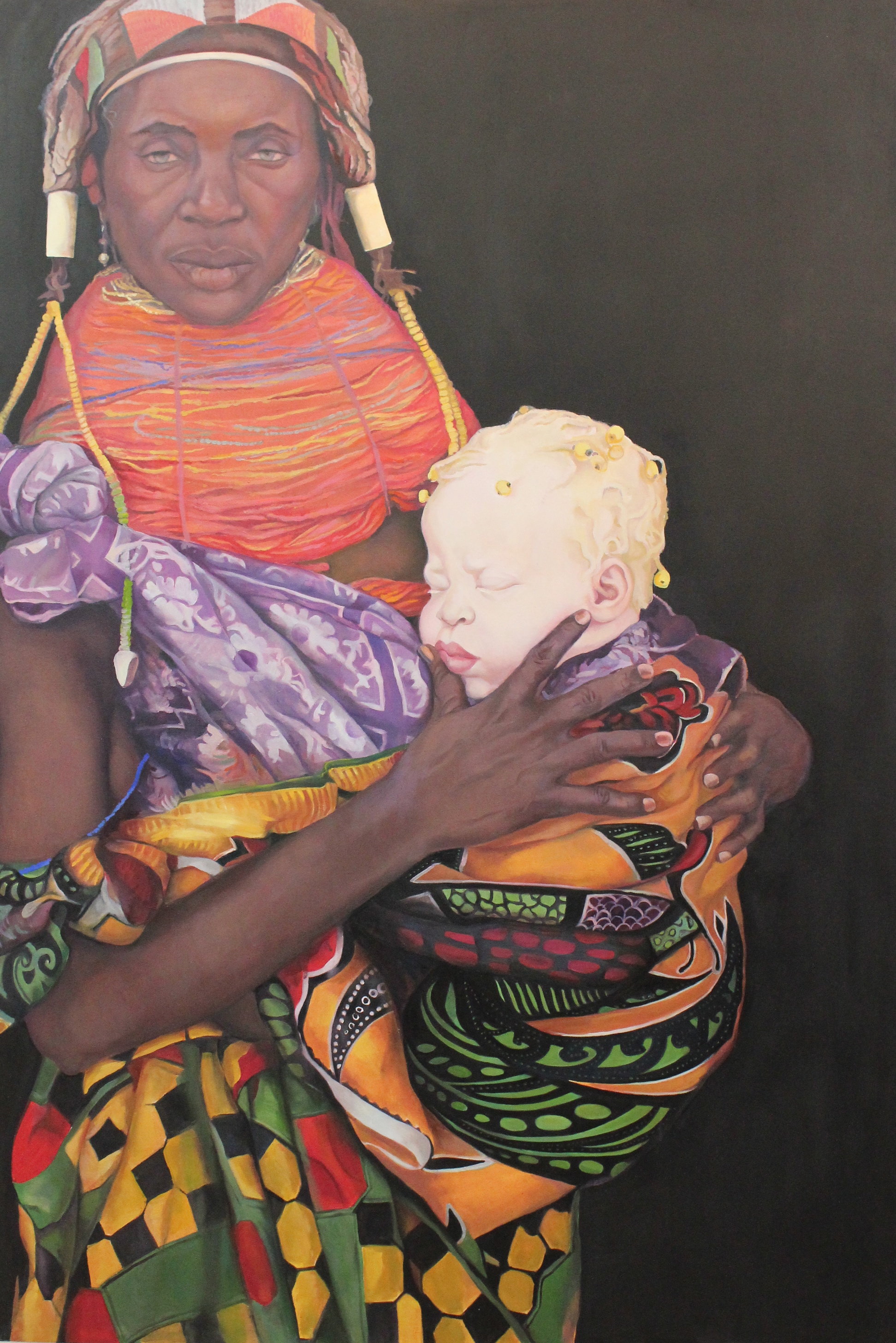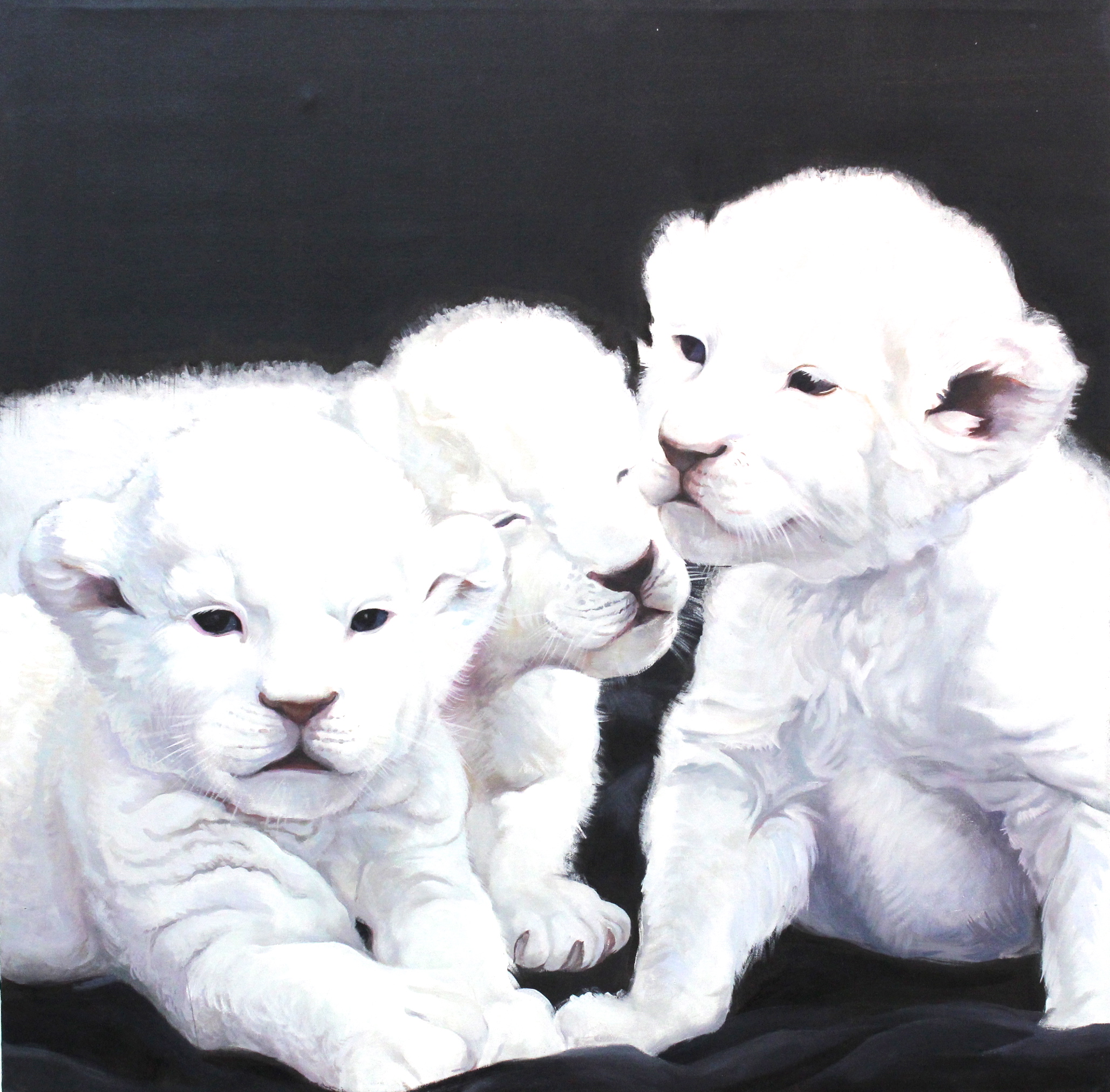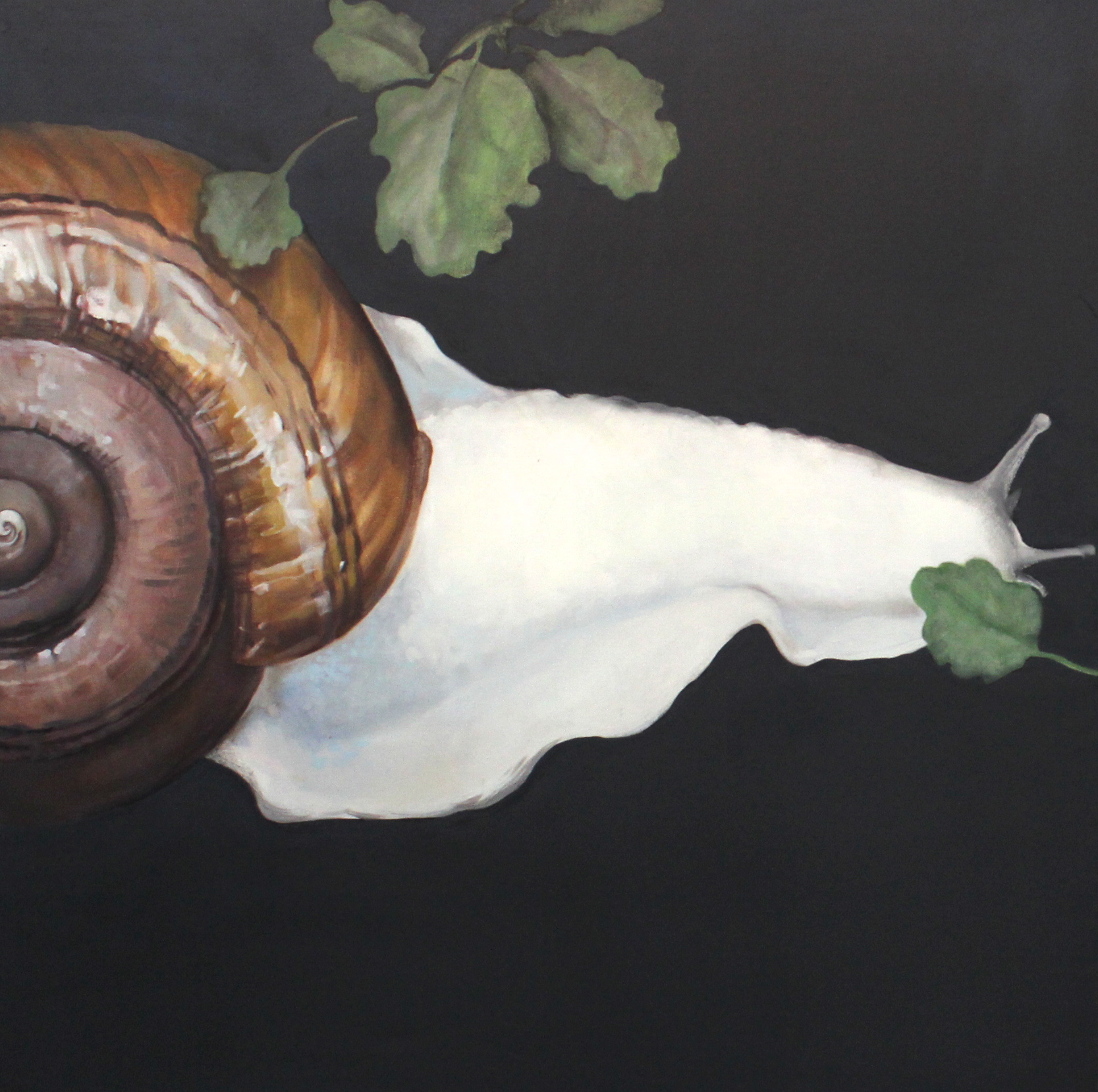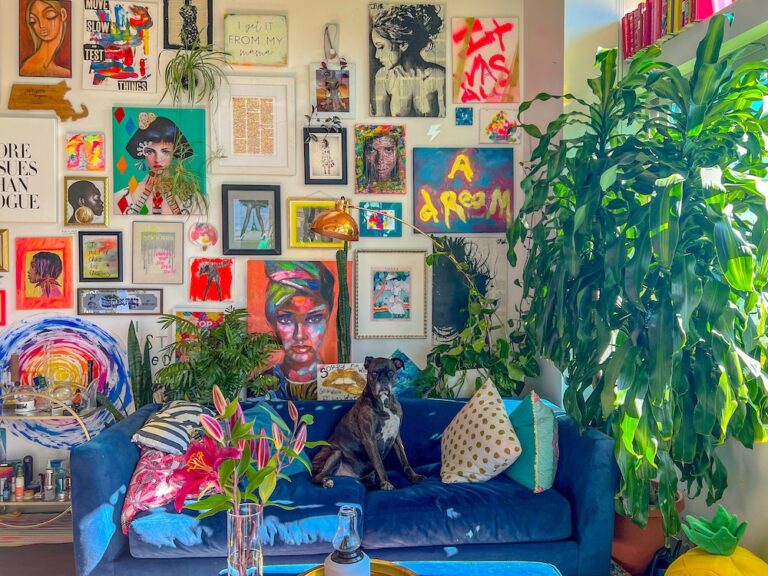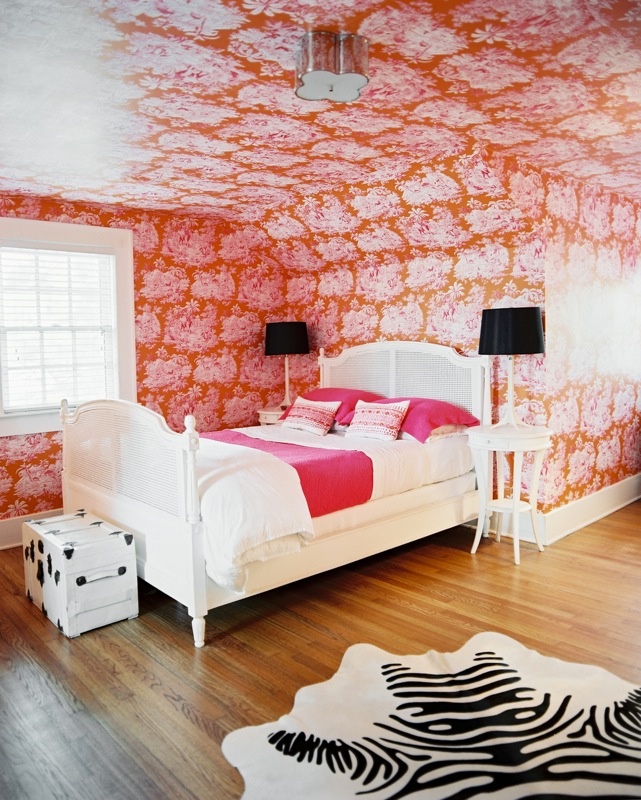The Children Of The Moon
Why do we fear things we don’t understand? Is it the self-preservation, desire to stay in our comfort zone or simple ignorance? Whatever it is but the fear of everything unexplainable, unusual and undefined accompanied mankind through its history.
Today modern medicine seems to have read the riddle of albinism: it is just a little generic deviation. Nevertheless, in many countries, especially in Africa, people with albinism are often discriminated, persecuted and exposed to violence. Even in developed countries unusual appearance of albinistic humans hardly leaves indifferent anyone causing for them lots of social and emotional challenges.
This subject as well as hidden aesthetics of albino world made outstanding Armenian artist Hasmik Avetisyan create a series of portraits depicting people and animals with albinism. I had a chance to visit her exhibition which was named ” Invisible beauty. The children of the moon”.
The composition of exhibition was divided in several parts. The first series of paintings portrayed albinistic people on the pure white, so symbolic background, which revealed and highlighted their enigmatic beauty.
The most attractive but at the same time sad for me were the portraits of kids. I was thinking about how many challenges, fears and prejudice they have to face. Children are often cruel to those individuals that are different: in school kids with albinism often get bullied because of their unusual appearance, it is hard for them to make friends and play with peers.
The next series of portraits was made on a striped black and white background. I don’t know whether it was intention of the artist but for me it is strongly associated with prison uniform. I was thinking that people with albinism are actually in prison of their own appearance. Some are able to escape as their inner freedom is stronger than narrow-mindness of other people, some remain inside this jail for life, constrained by human intolerance and their own complexes.
Portraits showed people from different countries and continents highlighting that this rara avis has no boundaries: it affects people of all ethnic groups.
The most striking for me was the portrait of African woman holding an albino child in her arms. Her face is full of sorrow and fear for her baby and also of determination to protect him no matter what. To fully understand her feelings, one needs to know about the problems that people with albinism are facing in Africa. In most African countries they are living in constant fear for their lives. Local witchdoctors use their body parts to make potions, which they believe gives wealth and power to a person who drinks it. Despite the efforts of authorities to stop the wave of crimes, the killings of people with albinism have become a profitable business where complete set of albino body parts costs up to 75 000 US dollars – unbelievable amount for many African people. In addition to that, albinistic people severely suffer from hot African sun as their white skin and eyes are extremely vulnerable to the powerful ultraviolet light. They rarely use sunscreen protection because they simply can’t afford it…
The last part of exhibition was dedicated to albinism in nature. It is very sad, but life of animals with albinism is also full of grief and anxiety. Being very visible without protective camouflage they are the first ones to get attacked by their predators and noticed by their prey. That makes survival rate of albino animals in wild very low.
I strongly believe that in nature things do not happen by accident. There is a reason for existence of every phenomenon. If you ask me why nature created albinism, I truly don’t know, but I think the best assumption was made by Hasmik Avetisyan : “Without them the world will be dull and uninteresting”.

